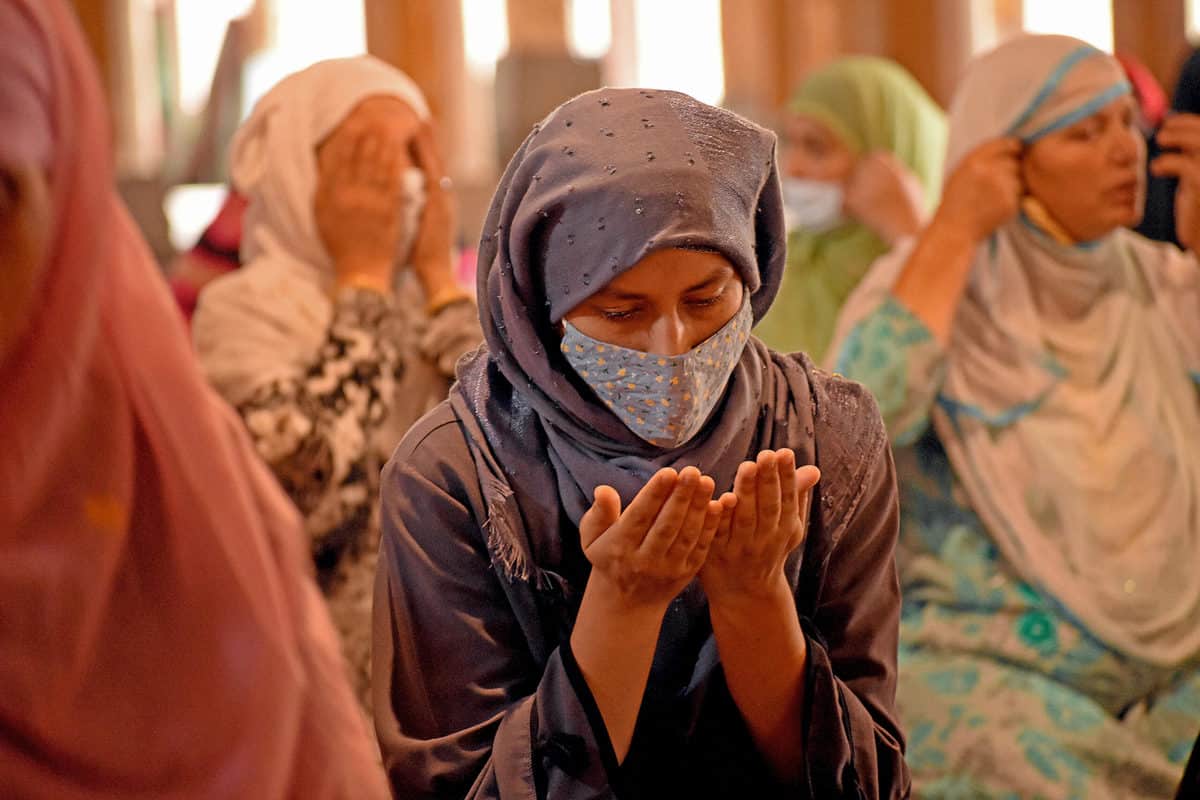
India’s Ministry of Culture has recently announced the culture mapping of 80 villages associated with noted personalities in history, in particular the freedom movement, unique crafts, and festivals, as a pilot project, which is expected to be completed before 31st March 2022.
The project is aimed to prepare a “national register and interactive database” of artists and art practices from the villages of India. Once the register is prepared the artist whose name finds mentioned logbook would be given a unique ID and an e-commerce platform set up.
The Culture Ministry had launched this Nationwide Project on Cultural Mapping mission in 2017, but the project was slow to take off. Now this work is assigned to Indira Gandhi National Centre for the Arts (IGNCA), an independent organization under the Ministry of Culture.
The aim of the preparation of the Culture Register is to create a huge database related to India’s villages and the culture, customs, and traditions prevailing there. The work involves coordinating the data collection through ground and field surveys conducted on the basis of detailed formats and questionnaires, mobile applications, an interactive web portal, and an Over-The-Top (OTT) platform. It will showcase ethnographic documentaries/ cultural events/ pageants/ festival/ cuisine etc. of the chosen villages.
However, going by the names of the villages announced by the Ministry of Culture, the most conspicuous part is the near absence of acknowledging the contribution of the Muslim community in this mammoth project.
Muslim’s contribution to the Indian Arts, Culture is well documented in the history books. This beleaguered community has enough points to score in the efflorescence of the cultural civilization of India.
However, the government of the day and especially the officials of the Ministry Culture have blinded themselves from the contributions of the Muslims community made towards Indian Arts and Culture. A cursory look at the selected villages for this pilot project concludes that it’s nothing but simply peddling the communal agenda of the government.
The list of the villages selected are; Sempore or Pandrenthan in Budgam district of Jammu and Kashmir. This is associated with 14th Century mystic Lal Ded or Lalleshwari. In Ladakh, Choglamsar and Wanla villages, are included in the list that is recognized for wood carving.
In Punjab, Khatkar Kalan village is chosen, which has a memorial of Bhagat Singh. In Uttarakhand, Reni village is selected where the Chipko movement started. Delhi’s Kathputli Colony that’s known for the “migrant Kathputli artists” is also on the list.
Sites of religious importance include Shringverpur in Uttar Pradesh. This was part of the earlier capital city of Nishadraj Guha and situated on the banks of river Ganga and associated with Lord Rama. It is said that Lord Rama stayed there for one night after visiting Nishadraj Guha.
Two villages from Tamil Nadu, Ettayapuram, the birthplace of poet Subramania Bharathi and Thiruchigadi, a village of “women potters are included in the list. In Kerala, Kanjirapally village, associated with Accama Cherian, an Independence activist known as the Jhansi Rani of Travancore, also finds mention in the list.
According to the Ministry of Culture, the mapping of 80 villages’ chosen for this pilot project are related to having distinct Arts and culture attributes and also about famous personalities with their own art practices having a connection to the Independence struggle.
However, the question remains why the Muslim community of India is left out from the Cultural Register prepared by the government of the day? Is it not selective discrimination by the government on the lines of the Citizen Amendment Act (CAA)? The Muslim community has to think about seeking legal remedy on this issue. It is high time they move the courts for such injustices.
Syed Ali Mujtaba is a journalist based in Chennai. He can be contacted at syedalimujtaba2007@gmail.com

